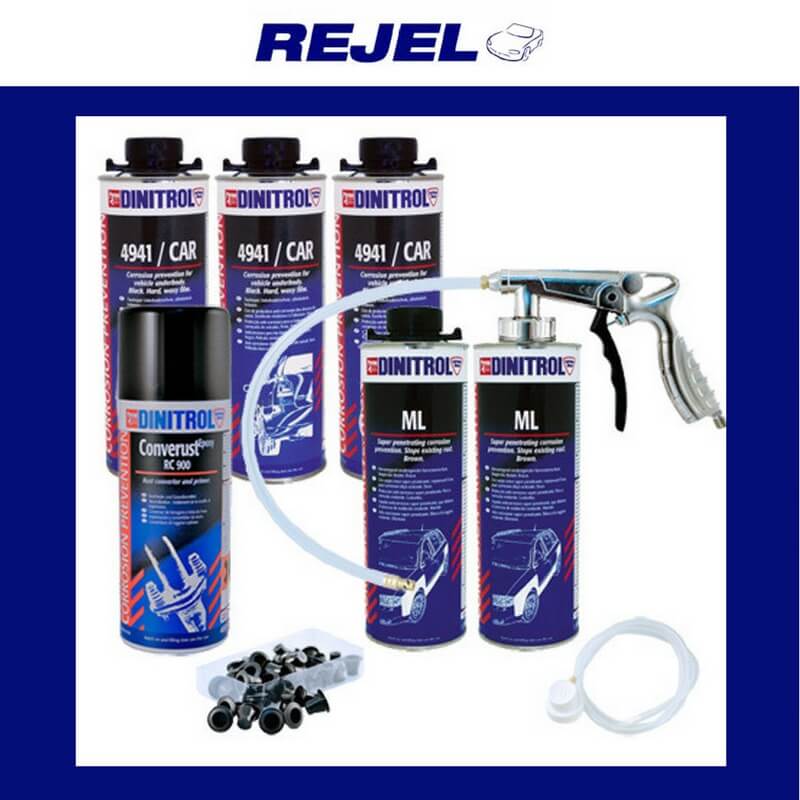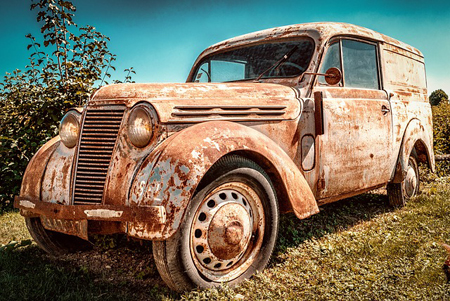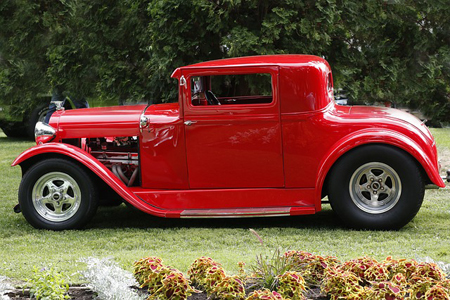14th Jun 2018
Classic car restoration: why rust proofing is an important process
Rust proofing is an important process in classic car restoration. Car restoration, as many will confess involves a lot of time, dedication, commitment and organisation on a car you hope doesn't disappoint. It involves cleaning, replacing and repairing plus attention to the underbody - the unseen and often forgotten part of a car but which is critical to it's safety and longevity.
Rust proofing your classic car will work to protect both the interior and exterior. A process which is far less expensive and less time consuming than having to treat rust. However, this can only be done if you know your car is free of rust. If not, appropriate rust treatment needs to be applied first.
Rust proofing should be as rewarding as the rest of your classic car restoration work. So, role-up your sleeves and be prepared to spend a full week-end painting or spraying on protective coatings. Here we look at the basic steps to follow and which DINITROL rust proofing products to apply.
Steps to rust proofing your classic car
- Remove any trims or panels covering areas that need rust proofing
- Remove wheels to get to the wheel arches
- Plug drain holes to prevent them getting clogged-up
- Scrape-off any old, cracked under sealant which might be harbouring rust. Once removed, check that the under body is free from corrosion before applying rust proofing
- Brush or spray on the rust preventative wax to form a flexible, impermeable coat - spraying is quicker but brushing may be preferable in certain areas to make sure the wax is applied more densely particularly to sections most vulnerable to rust
Rejel is a licensed UK distributor for the DINITROL range of rust proofing and rust treatment products. They have simplified the process of buying all products needed to execute a rust proofing DIY project by making available rust proofing kits. The kits contain all you need to protect against or treat rust. The classic car rust proofing kit contains the following: ML3125 Cavity wax; 4941 Black Underbody wax; RC900S Rust Converter 400ml Aerosol.
Rust proofing kit content
- Dinitrol ML3125 is a rust prevention fluid with good film building properties for open surfaces as well as for cavities i.e. chassis box sections

- Dinitrol 4941 is a black external under body rust preventive fluid which provides long term resistance against corrosion and abrasion, even under severe conditions
- Dinitrol RC900S rust converter spray 400ml aerosol
- Schutz style spraygun with 500mm hose and nozzle
- 50 x Plugs 10mm black tapered plastic blanking plugs
Underbody rust proofing only lasts for a few years with suggested reapplication every 3-5 years. This treatment procedure involves the car being degreased and washed to remove dirt and loose particles from the underside. Any signs of corrosion are first treated with a rust converter (Dinitrol RC800 or Dinitrol RC900). Next apply a liberal coating of rust prevention wax to the underbody chassis. A lance should be used to add protection inside the chassis rails and under body cavities.
Once the rust converter application has cured overnight, apply a penetrating cavity wax - Dinitrol ML3125. If the ambient air temperature is low, then you’ll warm the can of Dinitrol ML3125 in a bucket of hot water. This wax is designed to creep and flow into the smallest of cracks, welds and seams offering further protection to the chassis.
Finally, apply Dinitrol 4941 underbody wax, which forms a black, hard and waxy film which will protect the layer of ML wax underneath and provide a professional factory finish.
Dinitrol 4941 provides long term resistance against corrosion and a factory applied underbody rust protection isn't always as comprehensive as it could be. For older cars it should be a process under taken every few years not just as part of a restoration process. It also provides a tough elastic waxy protective coating.
The key to success with classic car rust proofing is to take appropriate steps to prepping your car and then applying the correct products liberally to interior and exterior metal surfaces as well as to the undercarriage chassis.



